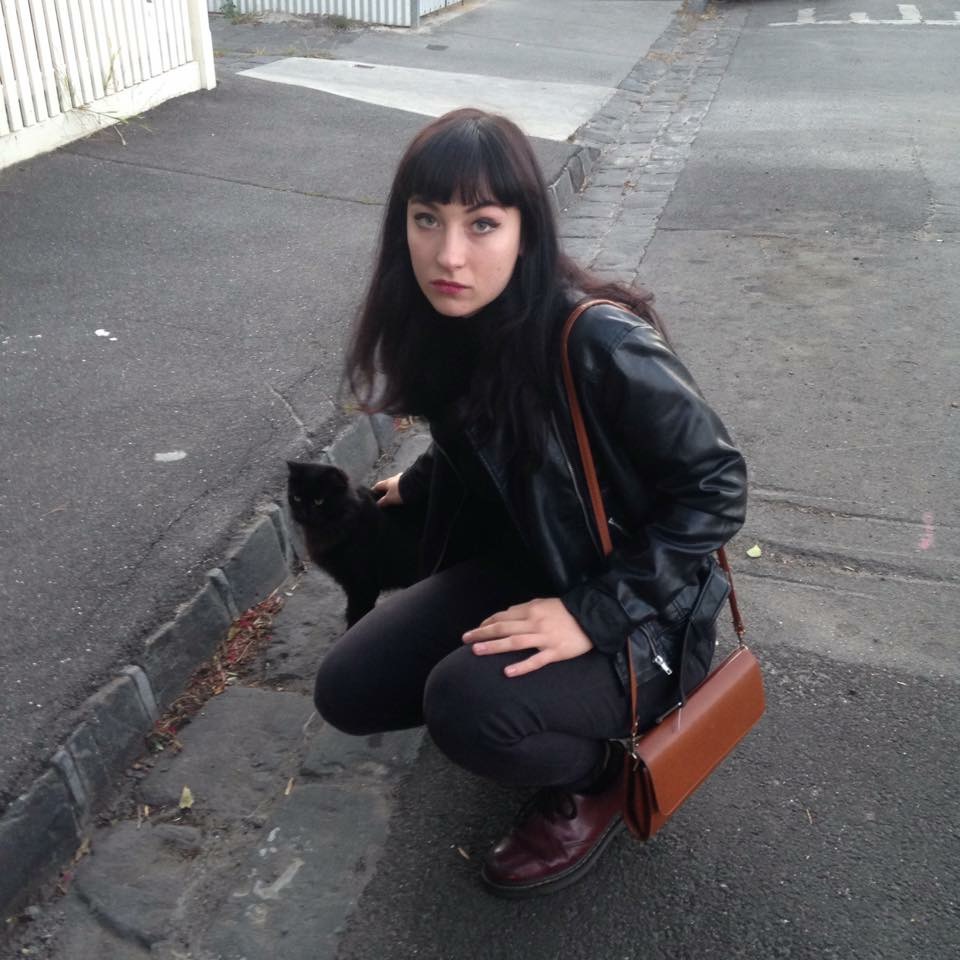An influential textI’ve encountered within Picture This, which I have referenced previously in my blogging, is Claudia Sternberg’s “Written For The Screen: The American Motion Picture Screenplay as Text”. This reading is influential in the way that it highlighted the advantages of informal stylistic writing; how the tone of the genre you write in can influence the big print of a script.
Sternberg cites the screenplay Unforgiven. As a Western, It’s context within the oral mythology of the wild west sets us up with character descriptions that read in the same tone as the dialogue.
Alice is 25 but she’s been around some, whored some tough cow-towns, and she has too much bone and character in her face to be outright pretty but she attracts men like flies.
The screenwriter takes on not quite a narrator, but more-so a third character who belongs in this world witnessing the action, and from this unbiased third character we find ourselves, the reader. In my own developing practice, I found the loosening of formality in the big print beneficial. Not only my blogging style but my writing mannerism of the last three years has been strictly academic. I’ve struggled to loosen my writing to match my speech, which is littered with colloquialisms.
I think that writing a piece in tone with the genre is an exciting concept and immediately my mind ran two two of my favourite films: Priscilla, and Muriel’s Wedding. I am stinging to get my hands on a copy of P.J Hogan’s original screenplay. I love to write my characters in a strine, working class Australian voice, one I was raised with and one that defined my youth and childhood. I think the option of writing in this voice inspired my ideas for my final project. I also attended Melbourne Queer Film Festival’s short film exhibition. A combination of both of these had me thinking about writing some sort of backyard Australian lesbian romance, something with humour rather than melancholy mumble-core shorts I’ve reserved myself to writing. Not that there’s anything wrong with mumblecore, but this is my first shot at ‘proper’ screenwriting so I want to throw some dialogue in there, or at least some action that isn’t wholly conceptual. I’ve loved learning about screenplay formalities but I’m really keen to dig into some more theory on creating the actual story itself.

